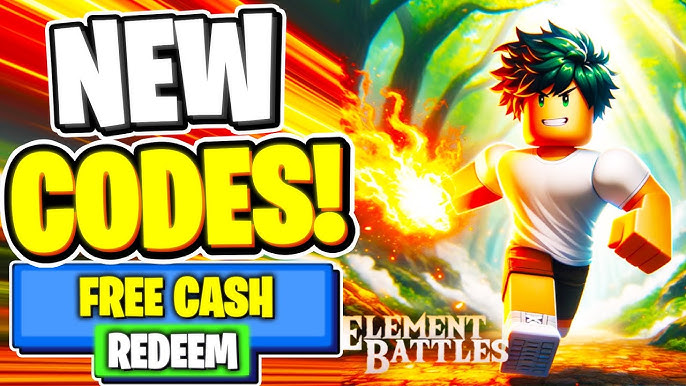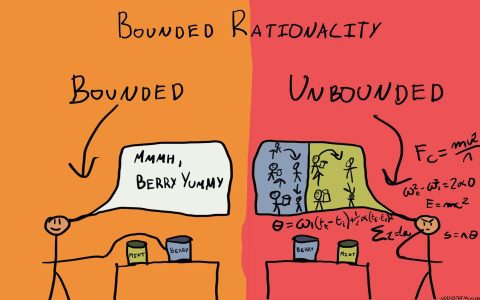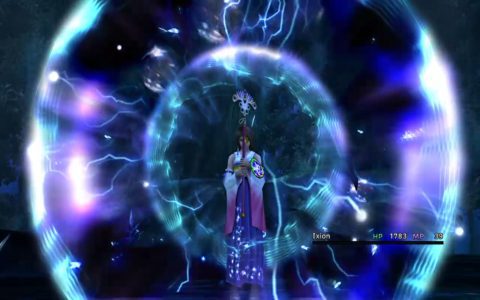Elemental Battle Codes (EBCs) delineate the structured systems and rule sets governing interactions between fundamental elemental forces in strategic contexts. These codes form the bedrock of how elements are defined, quantified, and utilized in conflict simulations or theoretical frameworks.
Core Tenets of Elemental Battle Codes
The efficacy and balance of any elemental battle system hinge on well-defined codes. Key components include:
- Elemental Typology: A definitive classification of recognized elements (e.g., Fire, Water, Earth, Air, Light, Shadow, Spirit, Metal). Each element possesses a unique identifier and a set of inherent properties.
- Interaction Hierarchies: These codes, often visualized as a matrix or relational diagram, stipulate the advantages, disadvantages, neutralities, or special reactions between elemental pairings. For instance, a 'Water > Fire' code indicates Water's suppressive effect on Fire.
- Potency Metrics: Systems for quantifying the strength or intensity of an elemental manifestation. This can involve numerical values, tiered classifications, or resource costs associated with invoking or resisting specific elemental effects.
- Synergy and Combination Protocols: Rules governing the combined effects of multiple elements. This can lead to amplified outcomes, novel emergent properties (e.g., Steam from Fire + Water), or cancellation effects based on predefined codes.
Operational Mechanics of EBCs
The application of EBCs translates into tangible mechanics through systematic processes:

- Attribute Assignment: Entities, abilities, and defenses are encoded with specific elemental attributes, defining their offensive capabilities and defensive vulnerabilities according to the EBC framework.
- Conflict Resolution Algorithms: When elemental forces clash, these algorithms process the interaction. They reference the Interaction Hierarchies and Potency Metrics to determine damage modulation, success/failure rates, and the application of secondary effects.
- Status Effect Codification: Elemental interactions frequently result in status conditions (e.g., 'Burn' from Fire, 'Freeze' from Ice). EBCs dictate the nature, duration, intensity, and counter-codes for these effects.
Advanced EBC Frameworks
More sophisticated EBC systems may incorporate complex layers:
- Environmental Resonance: Codes that modify elemental effectiveness based on ambient conditions or terrain. For example, Earth-based codes might be amplified in rocky terrain, or Air-based codes might be diminished in enclosed spaces.
- Elemental Purity and Hybridization: Rules defining the stability and characteristics of pure versus mixed elemental energies. Hybrid codes might offer versatility at the cost of potency or introduce unique vulnerabilities.
- Counter-Elemental and Nullification Codes: Specific codes designed to neutralize, absorb, or reflect elemental energies, providing strategic depth and defensive options within the system. This often includes concepts of 'anti-elements' or universal dampening fields.











